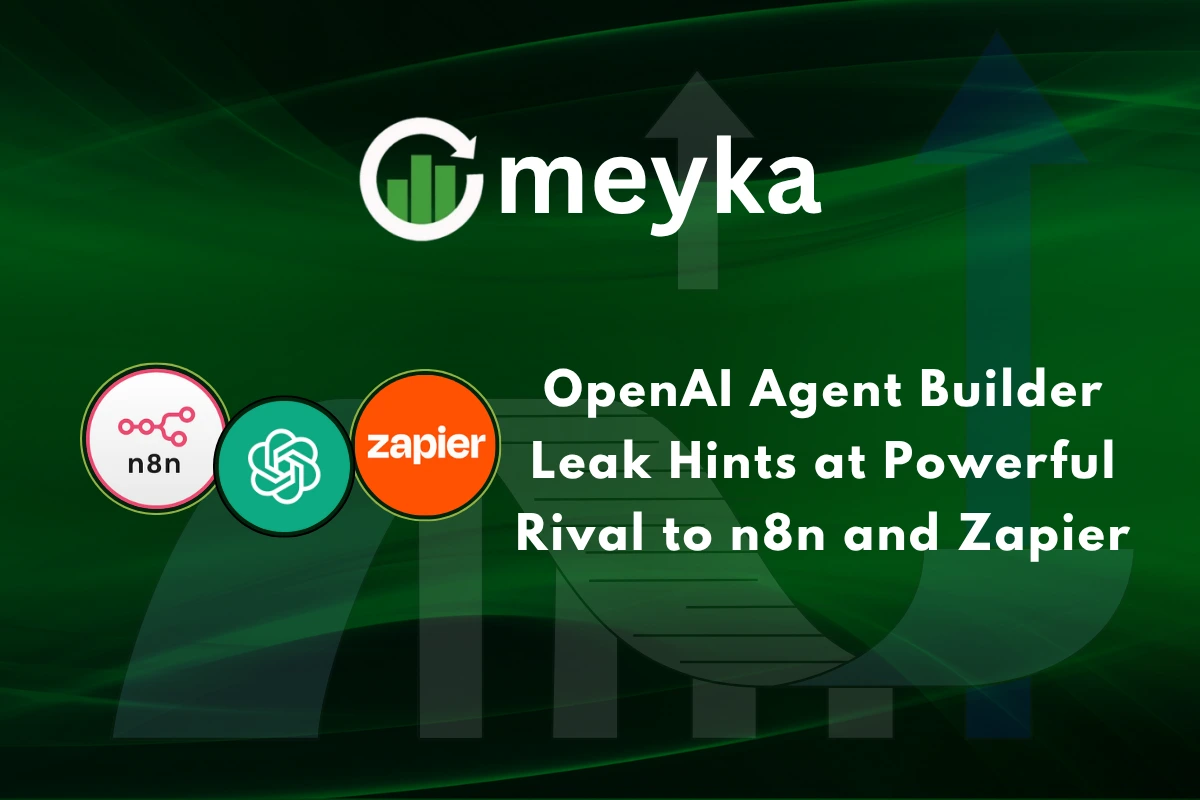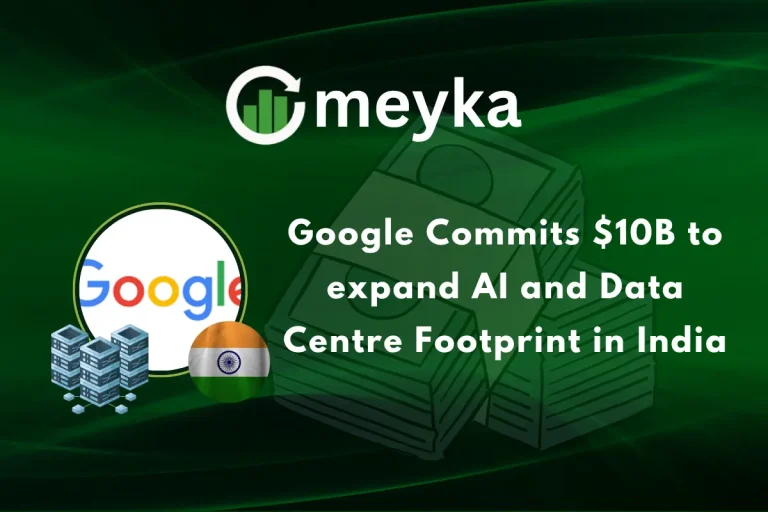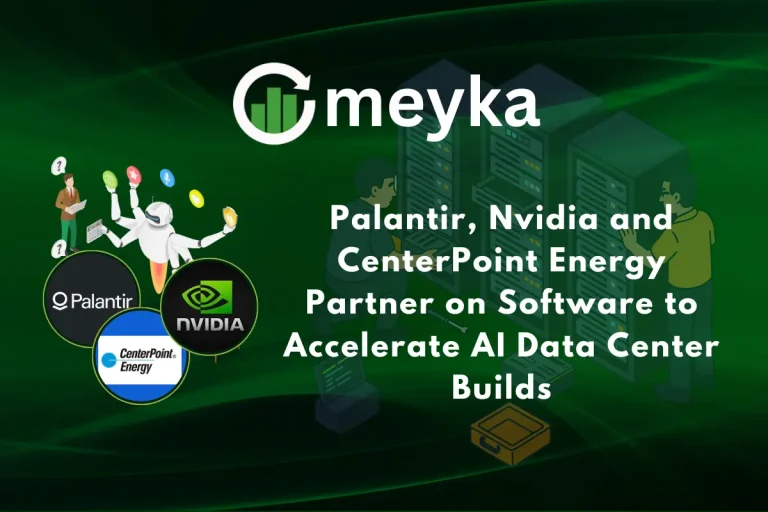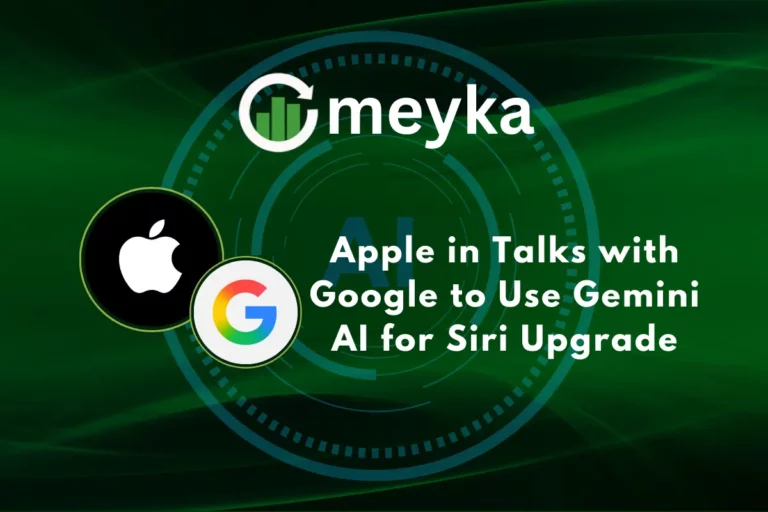OpenAI Agent Builder Leak Hints at Powerful Rival to n8n and Zapier
On October 6, 2025, a significant development emerged in the realm of workflow automation. A leak revealed the OpenAI Agent Builder, an AI-driven platform, showing it could compete with established tools like n8n and Zapier. This leak has sparked widespread interest among developers, businesses, and tech enthusiasts.
Workflow automation has become essential for businesses aiming to streamline operations and enhance efficiency. Platforms like Zapier and n8n have been at the forefront, offering solutions to automate tasks across various applications. However, these tools often require complex configurations and may not fully leverage the capabilities of artificial intelligence.
The leaked information about OpenAI’s Agent Builder suggests a paradigm shift. Designed with AI at its core, the platform promises to simplify the automation process, making it more accessible and intelligent. Agent Builder uses advanced AI to make it easier and stronger for users to automate tasks.
This article looks into the features of OpenAI’s Agent Builder, comparing it with existing platforms like n8n and Zapier, and exploring its potential impact on the workflow automation landscape.
Background on Workflow Automation
Workflow automation has become a cornerstone for businesses aiming to streamline operations and enhance efficiency. Tools like Zapier and n8n have been at the forefront of this movement, offering solutions to automate tasks across various applications. However, these platforms often come with their own sets of challenges.
Zapier is known for its user-friendly interface and extensive app integrations. It’s a go-to choice for many small to medium-sized businesses looking to automate repetitive tasks without delving into complex configurations. However, its pricing model can become prohibitive as the number of tasks increases, and its customization options are somewhat limited.
n8n, on the other hand, offers an open-source alternative that provides greater flexibility and customization. Its node-based approach allows users to create complex workflows tailored to specific needs. While this flexibility is a significant advantage, it also means that users need a certain level of technical expertise to fully leverage the platform.
Despite their strengths, both platforms have limitations. Zapier’s cost can escalate with scale, and n8n’s complexity can be a barrier for non-technical users. This is where OpenAI’s Agent Builder aims to make a difference.
What the Leak Reveals About OpenAI Agent Builder?
The recent leak of OpenAI’s Agent Builder has generated significant buzz in the tech community. Set to launch at OpenAI’s DevDay on October 6, 2025, this new tool aims to transform workflow automation with advanced AI features.
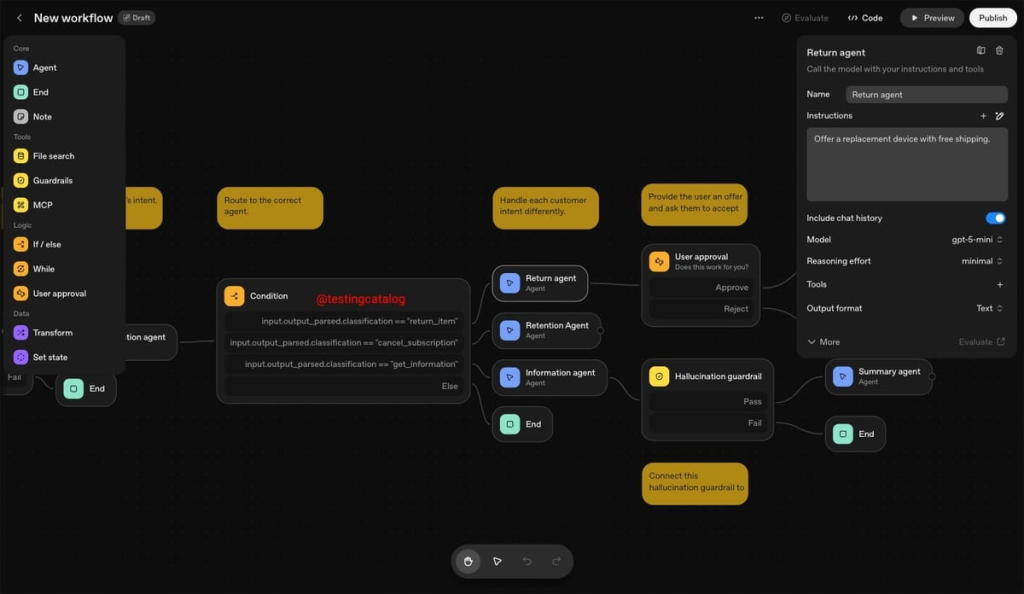
Agent Builder is designed to allow users to create autonomous AI agents without the need for extensive coding knowledge. The platform features a visual workflow editor that simplifies the process of building complex automation sequences. Users can drag and drop various components to design workflows that can interact with different applications and services.

One of the standout features of Agent Builder is its integration with OpenAI’s language models. This allows the created agents to understand and process natural language inputs, making interactions more intuitive and human-like. Additionally, the platform supports the inclusion of external tools and APIs, enabling users to extend the functionality of their agents beyond the built-in capabilities.
How OpenAI Could Challenge Zapier and n8n?
OpenAI’s Agent Builder brings several innovations that could position it as a formidable competitor to existing workflow automation platforms like Zapier and n8n.
- AI-Powered Automation: Unlike traditional platforms that rely on predefined rules and triggers, Agent Builder leverages OpenAI’s language models to create agents that can understand context and make decisions. This AI-driven approach allows for more dynamic and intelligent automation.
- User-Friendly Interface: The visual workflow editor lowers the barrier to entry for users without a technical background. This democratizes access to advanced automation capabilities, making it accessible to a broader audience.
- Seamless Integration: Agent Builder supports external APIs and tools. This lets users create workflows that work with many services. It makes the platform more versatile.
- Cost-Effective Scaling: OpenAI’s pricing is expected to be more competitive, making Agent Builder a cost-effective option for businesses wanting to expand their automation efforts.
These features position Agent Builder as a compelling alternative to Zapier and n8n, offering a blend of intelligence, ease of use, and scalability.
Market Implications and Competition
The introduction of Agent Builder is set to disrupt the current landscape of workflow automation tools. Established platforms like Zapier and n8n may face increased competition as businesses seek more advanced and cost-effective solutions.
For Zapier, the challenge lies in maintaining its user base by enhancing customization options and addressing scalability concerns. n8n, while offering greater flexibility, may need to improve its user interface to attract non-technical users.
OpenAI’s entry into this space could also spur innovation among existing players, leading to the development of new features and improvements. This healthy competition is likely to benefit end-users, providing them with more choices and better tools to meet their automation needs.
Expert Opinions and Industry Buzz
Industry experts have expressed enthusiasm about the potential of OpenAI’s Agent Builder. Analysts highlight the platform’s integration of AI and its user-friendly design as key factors that could set it apart from existing tools.
Developers have also shown interest, noting that the visual workflow editor and natural language processing capabilities could simplify the process of creating complex automation sequences. This could lead to increased adoption among businesses seeking to leverage AI without investing heavily in technical resources.
Future Outlook and Predictions
Looking ahead, OpenAI’s Agent Builder could play a key role in workflow automation. As AI advances, the need for smart automation solutions is likely to increase.
OpenAI’s platform combines advanced language models with a user-friendly design, positioning it to meet this demand effectively. Future updates may add stronger AI features. They may also include more third-party integrations and new tools for different use cases.
The success of Agent Builder could also pave the way for the development of new AI-powered tools and platforms, further transforming the landscape of workflow automation.
Wrap Up
OpenAI’s Agent Builder represents a significant advancement in the field of workflow automation. By combining AI-driven intelligence with a user-friendly interface, it offers a powerful tool for businesses looking to streamline operations and enhance efficiency.
As the platform evolves, it can redefine how people approach automation, making it more accessible and intelligent. For businesses and developers, keeping an eye on Agent Builder will be crucial to staying ahead in the rapidly changing landscape of AI-powered tools.
Frequently Asked Questions (FAQs)
OpenAI Agent Builder is a tool that helps people create AI agents to automate tasks. It uses a simple visual interface. It was leaked on October 6, 2025.
No, you do not need coding skills. The platform lets users build AI agents using a visual editor. It became known on October 6, 2025.
Disclaimer: The above information is based on current market data, which is subject to change, and does not constitute financial advice. Always do your research.
